See The Winning Photos From Our Blue Moon Instagram Contest
The next one isn’t until 2018
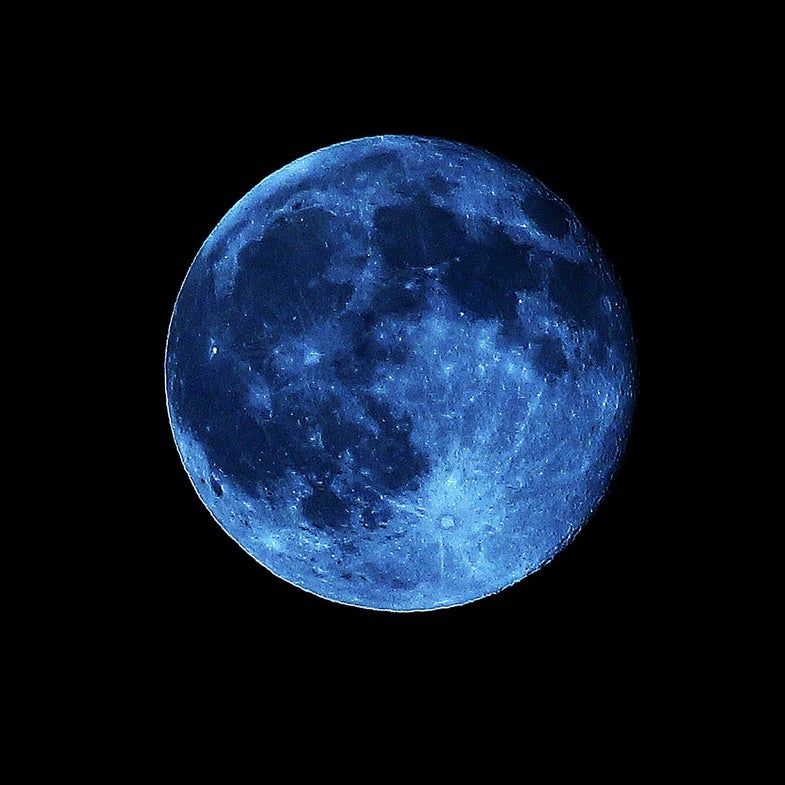
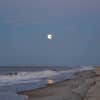
Beach View
The only way to really see a blue moon is after an event like a volcanic eruption or a wildfire pollutes the sky. Particles of ash 1 micron thick — which are about 100 times smaller than the width of a human hair — can block red light, letting blue light pass through so the moon appears blue.
That wasn’t the case for most viewers of the blue moon on Friday, July 31, who likely saw nothing more than the beauty that is a typical full moon. That’s because a blue moon really just means that two full moons occurred in the same calendar month. This explanation comes from a 1946 Sky & Telescope article that attempted to (incorrectly) clarify how the Maine Farmer’s Almanac defined a blue moon. The incorrect definition stuck, however. But the phrase itself dates back to Shakespearian times, when “once in a blue moon” just meant something that rarely ever happened. On average, blue moons only occur every 2.7 years, according to NASA. The next one isn’t until January 2018.
For this blue moon, Popular Science hosted a photo contest on Instagram asking readers to submit their best photographs that they took of the blue moon. The three winners are:
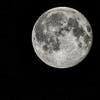
Up Close And Personal
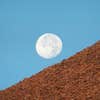
From The Eighth Wonder Of The World
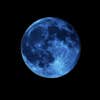
It Really Is Blue